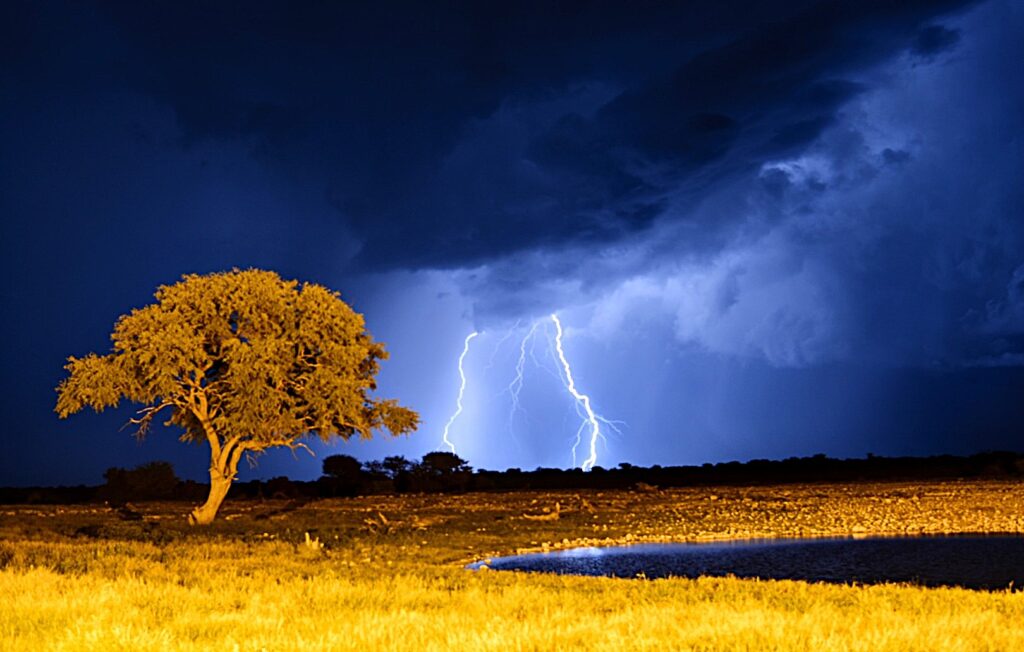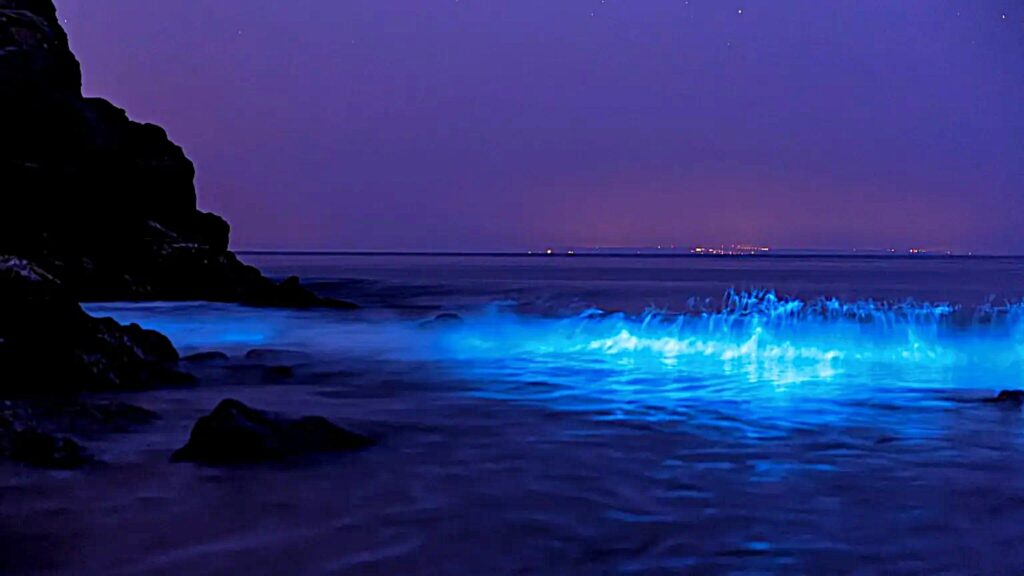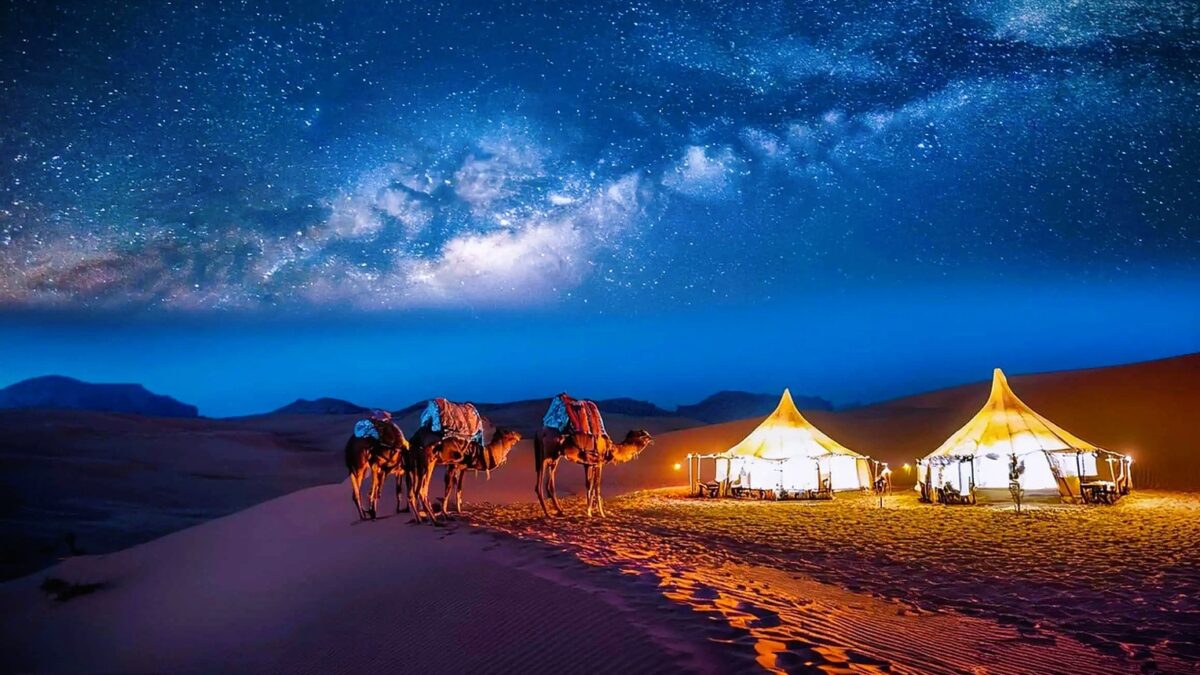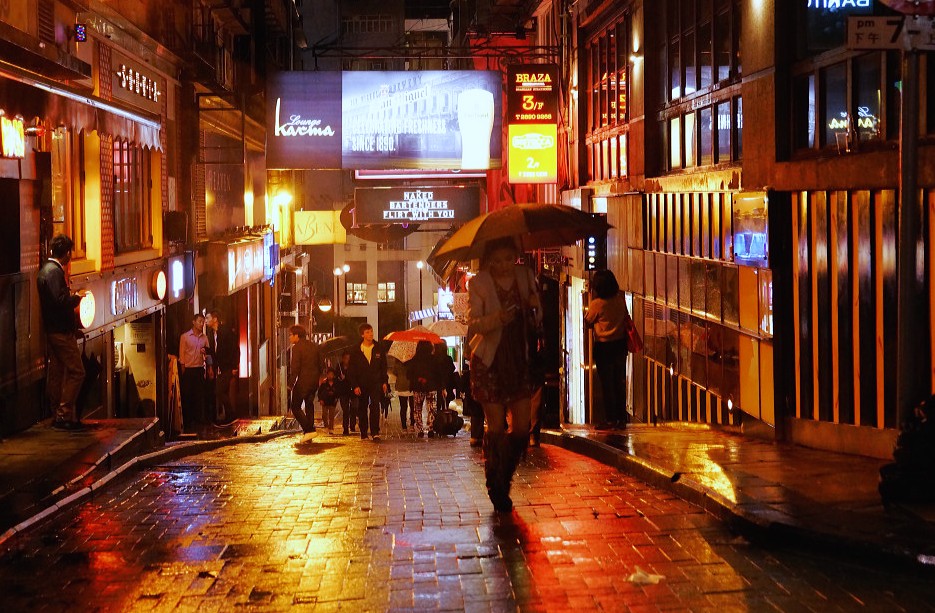Noctourism: The Night Belongs To Those Who Dare
The moon hung heavy over the Wawona Dome, forging the cliffs into sharp, cold silver and turning the Merced River into a ribbon of shimmering light. The crunch of the gravel from the road underfoot was loud enough to remind us we weren’t alone, though we were utterly alone. It was 10pm just outside Yosemite Valley.
There were no crowds, no day-hikers, no lights and most noticeably, no man-made noise. Just the vast wilderness stripped down to its bones, alive with a unique kind of rhythm. Heaven. A large coyote leaped a waist high fence as if it were a puddle. The scent of damp pine needles mixed with the cold air. Owls hooted while other creatures chirped, rounding out the evening’s symphony. We were taking an evening stroll to Chilnualna Falls, a short distance from our cabin. It was then I realized, the night belonged to those who dare. That was my first taste of what travelers are now calling noctourism: seeking adventure in the hours most people ignore.
What Is Noctourism: Exploring The World After Dark
In 2025, noctourism is no longer an oddity. It’s a movement, a travel trend quietly building momentum among those who want more than crowded daytime trails and overbooked museums. The idea is simple: the world doesn’t stop when the sun sets, and neither should exploration. Cities, deserts, oceans, and forests all transform under the cover of darkness, revealing behaviors, sights, and experiences hidden from the daytime crowd.
Night markets hum with a different energy. Creatures emerge that typically hide during the day. Streets glow with neon, fashion & discretion. For those willing to pay attention, the night offers a perspective that is visceral, raw, and typically exciting – that is noctourism. It’s a way to reclaim curiosity in a trodden world that often measures adventure in Instagram likes and bicycle helmets. Noctourism is adventure seeking that fanny-pack nation won’t ever see — because they are too damn scared to try. Some things are better kept for the brave.
Noctourism Adventures After Dark
The Pulse of Hong Kong You Can’t See by Day
The streets of Hong Kong at midnight are a lesson in how the city breathes. Steam curls from grates and manholes, twisting into neon fog that hangs over narrow alleys. You see a glow at the far end of an alley. You hear faint laughter of a smoky crowd and decide to get closer. Behind a weathered door, a mahjong game clatters, players hunched over the green felt with quiet intensity, the smell of incense and siu mai thicken the air. Nobody speaks English; nobody cares. This isn’t sightseeing. This is noctourism, life unvarnished, the pulse of the city you can’t access during the day.
Markets spill out onto the street, fortune tellers whisper the future, and old men tuck in their corners, silently watching. For a visitor willing to move past the polished tourist gaze, Hong Kong at night is a master class in observation, risk, and delight. Meanwhile, back at Victoria Peak, selfie-stick wielders will never know the feeling of accomplishment as you walk to your hotel at sunrise, in your evening attire with a smirkish grin.

The Desert Awakens in Namibia
Cross the ocean to Namibia and the stakes feel entirely different. The Namib Desert is silent in daylight, a vast expanse of sand and stone that can swallow you whole. But night awakens it. Moonlit guided walks reveal geckos skittering over pebbles, scorpions glinting under the soft glow of lanterns, jackals moving with practiced stealth. Later, a night drive through Etosha National Park turns the ordinary safari upside down.
Lions emerge from the darkness to hunt, their eyes reflecting the headlights. Hyenas bicker at the edges of the roads. The Milky Way stretches across the sky in impossible detail, unbroken by city light. In these hours, the desert teaches patience, awareness, and respect. You are reminded how small and unprepared you can be — and yet how alive that vulnerability feels. Namibia after dark is an excellent example of noctourism.

Waters That Glow and Flicker in The Philippines
The Philippines offers a different kind of nocturnal adventure. Off the coast of Palawan, an archipelagic province, the ocean becomes a luminous, otherworldly place at night. Descending into water thick with bioluminescent plankton, every fin stroke lights up the dark like a paintbrush on black velvet. Reef sharks glide past, curious but indifferent. Mangrove canals, lit only by fireflies, wind through the islands like veins of gold. It is quiet, magical, and, like all good noctourism, a little dangerous. The ocean has its own rules, and the night magnifies your vulnerability. It’s the poetic cocktail of beauty and risk—a tension that awakens the senses and embeds real memory. Something your average tourist, happy in his rented kayak, will never comprehend.
What Draws Travelers to Noctourism
What draws travelers to noctourism is more than novelty. It’s the way darkness amplifies everything: sights, sounds, danger, beauty, intimacy. There is solitude that daylight travel rarely offers. Every step becomes deliberate. Every glance matters. You notice patterns you would otherwise miss — the subtle movement of animals, the architecture of an alley, the way shadows play against sand dunes. And in that attention, you learn something about yourself: courage is not the absence of fear, but the willingness to step forward anyway.
Noctourism Rewards The Brave
So, cheers to the brave: those who venture out when the world sleeps, step into streets unlit and blaze trails untraveled; those who chase bioluminescent light and listen to the desert breathe. Noctourism is more than a trend; it is a return to the essence of adventure and see a different world. When you next find yourself under the pull of moonlight, consider a path that most ignore. Embrace a new path. The night belongs to those who dare — and it will reward every footstep with wonder & excitement.
As Elvis once said, “The sun’s down and the moon’s pretty – it’s time to ramble”.
Thank you For Reading the The Rugged Male, the best men’s lifestyle blog!









